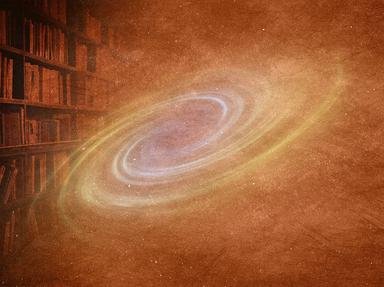
'Til He Knows Trivia Quiz
How Many Experiments Does It Take?
Inquiring minds have been experimenting for centuries in order to find new and better things to improve our lives. Some important breakthroughs, however, were made entirely by accident.
An ordering quiz
by ponycargirl.
Estimated time: 3 mins.